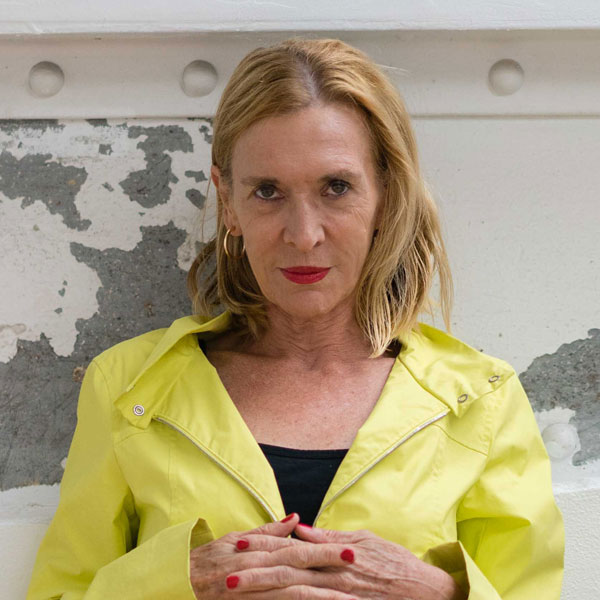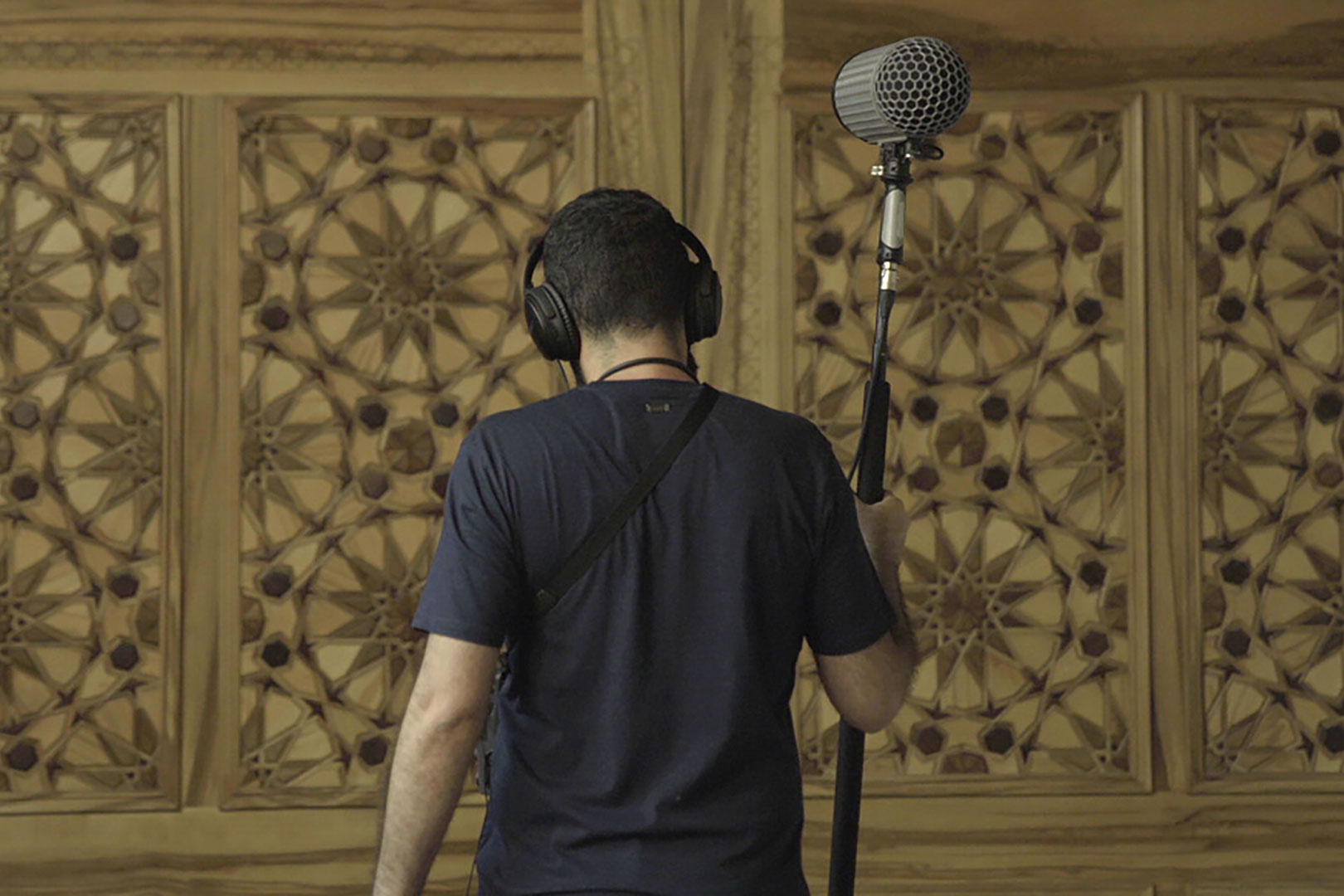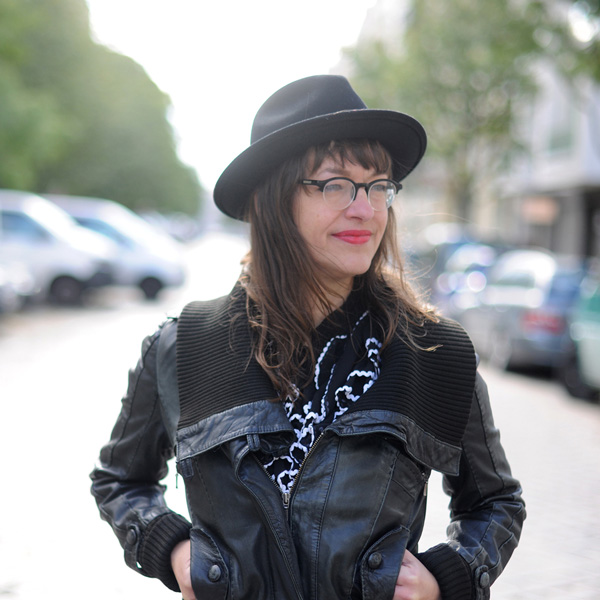The choreographed piece Ramanenjana addresses the world’s last recorded dance epidemic: breaking out in February 1863 in Madagascar’s Bara Region, it quickly spread to five other regions. Around 20,000 people reportedly danced until May as if in a trance. In the Malagasy language, the word “ramanenjana” means tremor, or something that makes you strong. The phenomenon was described as a highly contagious disease affecting mostly young women. Their dancing was described as fast, rhythmic, acrobatic; beautiful in small groups but terrifying in larger masses.
Most of the historical documentation researched within this project comes from missionaries deployed by the British and the French: Dr. Andrew Davidson (whom the British Empire deployed on a medical mission), Reverend William Ellis (one of the first missionaries to photograph Madagascar), and French Jesuit missionary Father Marc Finaz. Another important source comes from Dr. Andrianjafy, a Malagasy doctor raised and educated in the French tradition, who made ramanenjana the study of his 1902 doctoral thesis presented in Montpelier, France.
Some of their accounts acknowledge the mass dance’s political implications, connecting the dancers to a party that fought against European colonization of the island. Yet neither of them admitted that the dancers were expressing dissatisfaction with their rulers. Instead, the “dance sickness” was attributed to a mass psychosis caused by the lack of moral discipline, malaria, or spiritual beliefs that did not comply with the Church’s teachings. Dr. Andrianjafy went so far as to recommend the mass distribution of quinine to “all predisposed lower-class populations,” targeting mainly enslaved rice harvesters.























